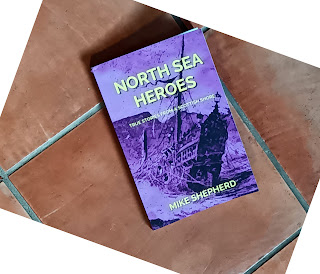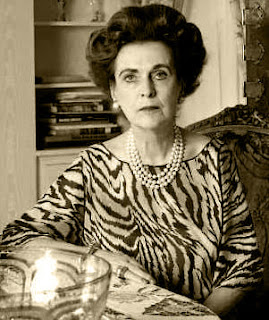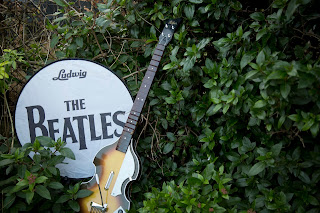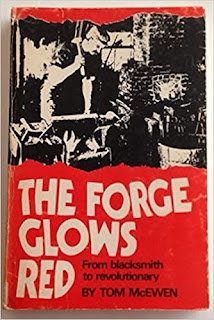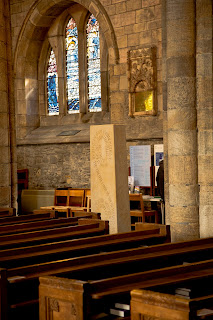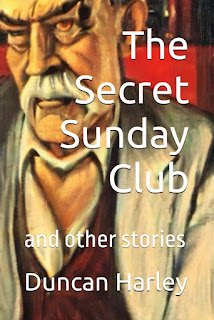
THE SECRET SUNDAY CLUB A New Book by Duncan Harley Dod King was a local librarian from the Aberdeenshire town of Invermorrisay. In his spare time, he penned stories about the goings on in that part of Scotland usually referred to as the North East. With the bustling fisher towns to the North and the big city of Aberdeen to the South, Invermorrisay was, and still is, slap bang in the centre of things and is well placed for a gatherer of tales. On his days away from the library service, Dod would head off in search of the more unusual slices of life. One can only imagine that Dod King intended to order these tales into an internationally famous novel at some future date but just never quite got the break to make it happen. So here, for the first time in print are the collected stories of Dod King, collector of tales and one-time fictional librarian at the Invermorrisay Public Lending Library. Available from Amazon ISBN 979-8876245885 Supported by The Doric Board
